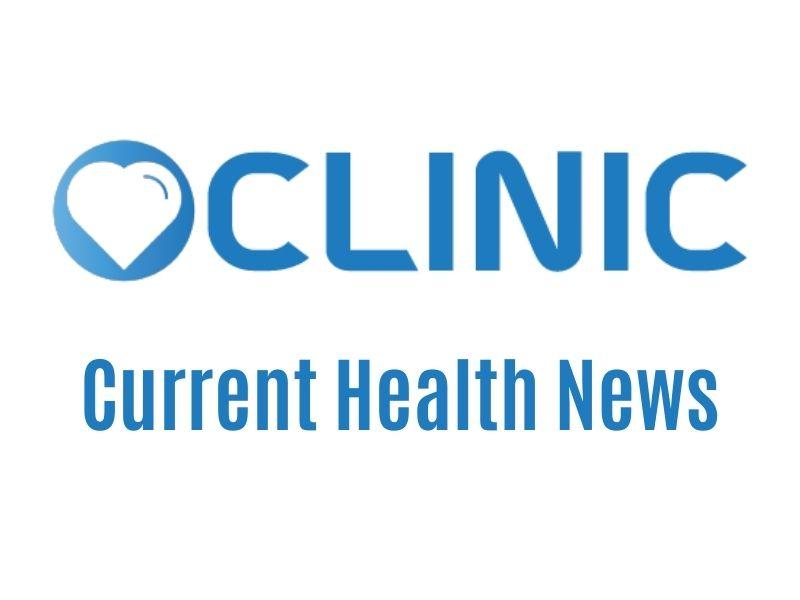What is it?
Autistic Spectrum Disorder is a developmental disorder of the brain that occurs in childhood and affects the entire life of the individual.
Autistic Spectrum Disorder includes neurological disorders related to the individual’s perception of stimuli in the external world and their regulation and use. This term refers to a group of disorders that include mild and atypical forms as well as severe progressive forms of autism.
Although the causes are not fully known, increasing data on brain structure and functions show that these disorders are affected by many problems.
It is seen 3-4 times more frequently in boys than girls. It is known to be a genetic disease, multiple genes are affected in multiple ways; Structural and environmental factors, as well as maternal and prenatal factors, are thought to play a role in its development.
The evidence we have obtained in recent years has revealed that this group of diseases, which was previously thought to be rare, is much more common, approximately 1 in 100 or 150. This is a very thought-provoking situation that shows that many children seen in hospital outpatient clinics every day actually have this disorder, but none of them are diagnosed. Indeed, it is thought that only 10% of the cases are diagnosed.
The most important thing in the fight against this group of diseases, whose causes and definitive treatment has not been fully revealed, is to recognize it.
Symptoms
Many of the behavioral characteristics used to describe Autistic Spectrum Disorder are not all found in a patient, and symptoms may vary over time in the same individual. It is even more difficult to distinguish Autistic Spectrum Disorder in young children and in types with mild symptoms.
Early symptoms are mostly lack of imitation ability and lack of communicative gestures. Autistic symptoms manifest themselves after a relatively healthy period, generally after the age of one, in approximately one third of patients.
Failure to develop mutual attention, which is noticed as the inability to make eye contact, is an important symptom that can be detected especially in infancy.
Speech delay and unresponsiveness to audible stimuli are usually reasons for seeking medical attention. In these children, language development does not reach a sufficient level even after speaking begins. Repetitive behaviors, limitations in interests and activities, obsessive behaviors, abnormal reactions or indifference to external stimuli
Absence of emotional reactions, smiling, unresponsiveness to pain and physical injury, self-harm can also be counted.
10% of them show superior characteristics in some subjects. They may have very advanced skills in areas such as math, music, and memory-based pursuits. Some can learn to read at a very young age.
Diagnosis In Autistic Spectrum Disorder, there are no specific diagnostic findings in terms of laboratory tests and imaging methods, and clinical symptoms are the most important way to make the correct diagnosis.
However, abnormalities in gray and white matter volumes in magnetic resonance imaging (MRI) and paroxysmal disorders in electroencephalography (EEG) are important.
Metabolic studies (blood and urinalysis) to detect other medical problems that may be confused with or accompany Autistic Spectrum Disorder, such as vision and hearing defects, epilepsy, mental retardation, hypothyroidism, phenylketonuria, severe attention deficit and other organic brain syndromes ), audiometry, chromosome analyzes and neuropsychological tests can be applied.
In order to make a reliable diagnosis, it is appropriate to periodically evaluate the child in different settings. Although there is no definitive diagnostic criterion, various methods have been developed for screening in the first years of life. In our country, Bayley Developmental Scale for Infants I and II Forms, Bayley Neurological Screening Scale for Children, Ankara Developmental Inventory and Denver Developmental Screening Test are used for this purpose.
However, it should not be forgotten that the diagnosis can only be made by bringing Autistic Spectrum Disorder to mind, and it is very important for parents, physicians and teachers to be aware of the characteristics of this disease group.
Treatment Options: Autistic Spectrum Disorder is a group of diseases in which early diagnosis and timely intervention are vital. The most important treatment is intensive education that will be applied to the child.
Speech and language therapy, occupational therapy, sensory integration, exercise, physical therapy, and behavioral therapies should be determined according to the severity of the disease and the specific situation of each child.
These treatments, which are provided in the first 5 years when brain development is faster, will enable the child to approach their peers in later ages. Mild autistic people can talk over time, make eye contact and receive normal training. As they learn to communicate, they can learn to develop communication with others.
Unfortunately, there is currently no drug therapy for the origin of Autistic Spectrum Disorder. However, various agents can be used to relieve symptoms and relieve problems such as depression or seizures.
Tranquilizers, antidepressants, antiepileptics, opioid antagonists, methylphenidate, vitamin B6 are some of them.
As the brain structure and functions are better understood, treatments that will help to eliminate Autistic Spectrum Disorder will come to the fore. However, in the long term, early diagnosis and education will be the most important part of the treatment.
Prof. Dr. Erol Taşdemiroğlu

